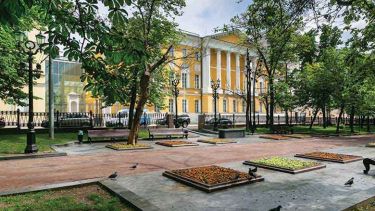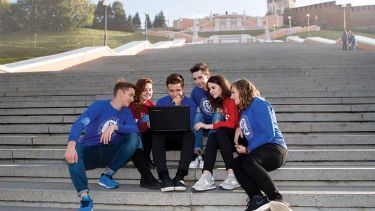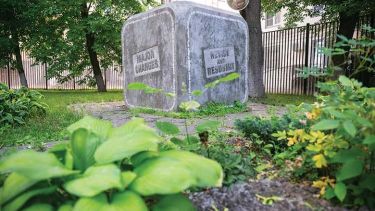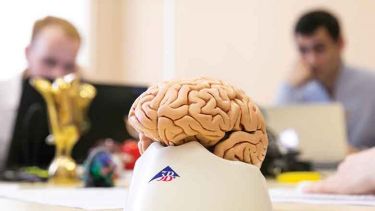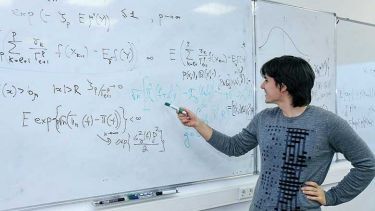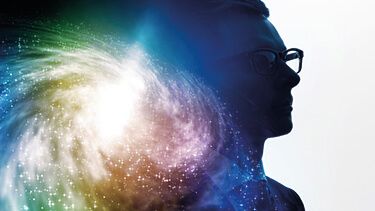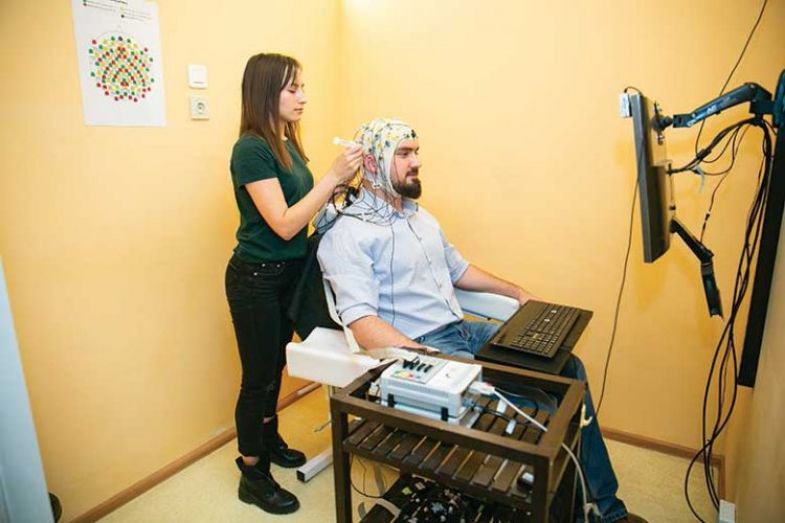
Source:
HSE University

HSE University is gaining an international reputation for its advanced cognitive neuroscience and bioelectric interface research
Pre-eminent Russian scientists are returning home to help the country achieve its goal of having at least five of its universities rated among the best in the world for research that impacts people’s lives.
One is Vasily Klucharev, who came back to Moscow after 15 years in Europe. His aim is to help HSE University to develop new bioscience areas and build an international research centre in cognitive neuroscience by attracting English-speaking academics and postgraduates from across the world.
It is a fascinating time to be studying how the human brain affects everything from what we choose to eat from a restaurant menu to why people often destroy precious natural resources, such as entire fish stocks and large parts of the Amazon rainforest in Brazil, says Professor Klucharev. Such research may also help to explain why people in one country sometimes make decisions that appear baffling to outsiders, such as the UK’s vote to leave the European Union, he says.
Professor Klucharev joined HSE to head its psychology department six years ago when the institution moved from being a humanitarian-based school of economics to become a comprehensive university with a strong science and research focus as part of Project 5-100. Two years ago, he became director of HSE’s newly created Institute of Cognitive Neuroscience. He was joined by Alexey Ossadtchi, a computer science professor who heads the institute’s Centre for Bioelectric Interfaces.
Together with experts recruited nationally and internationally, they are pushing the frontiers of brain-scanning techniques to help understand everything from why group conformity makes us resist change to how brain-computer interaction can make a real difference to people with debilitating diseases.
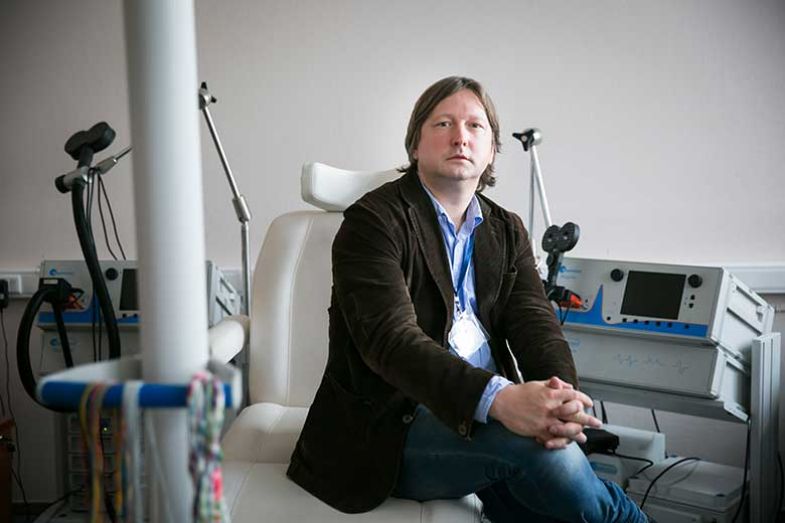
Professor Klucharev (pictured, above) has established a Center for Cognition and Decision Making to focus on forecasting and evaluating risk taking, and the social context of decision making, particularly conformity and the “Big Brother” influence.
One project is studying how people automatically adjust their views to fit in with group opinion, which is particularly relevant in a country such as Russia, where, for seven decades under communism, it was unwise to stand out from the group. “Many of the older generation and those in rural areas are still reluctant to abandon old Soviet rules and norms, and adapt to new ways,” explains Professor Klucharev. “We are also using MRI scanners to look at the brain mechanism for dealing with decision making, to understand which mechanisms are modulated by supply and demand.”
Results will be used for a broader study tackling some of the environmental and social challenges about protecting common resources that are not owned individually but are in danger of being lost forever. “In one experiment, participants were imaginary fishermen, who fished the entire stock in a lake when in competition but acted to preserve stocks when told resources were low because of natural migration,” explains Professor Klucharev. “So people take different decisions according to social conditions. Understanding neuroeconomics can help us to understand how to modulate our behaviour.”
In another research project, HSE’s Center for Bioelectric Interfaces is pushing the frontiers of brain-imaging methodology to minimise risks of surgical interventions in the treatment of people suffering from epilepsy. The work is part of a major study of the brain being coordinated in Moscow by Professor Ossadtchi, in collaboration with Mikhail Lebedev, a senior scientist at Duke University in the US.
Dr Lebedev holds a three-year €1.5 million (£1.3 million) grant from the Russian Ministry of Science and Education, and is scientific adviser to the 15-strong international research team, which is working closely with surgeons and health professionals at Moscow State University of Medicine and Dentistry.
The grant is to develop a brain-controlled sensitised prosthetic device to support paraplegic patients by harnessing computer-brain interaction. But it has also led to spin-offs.
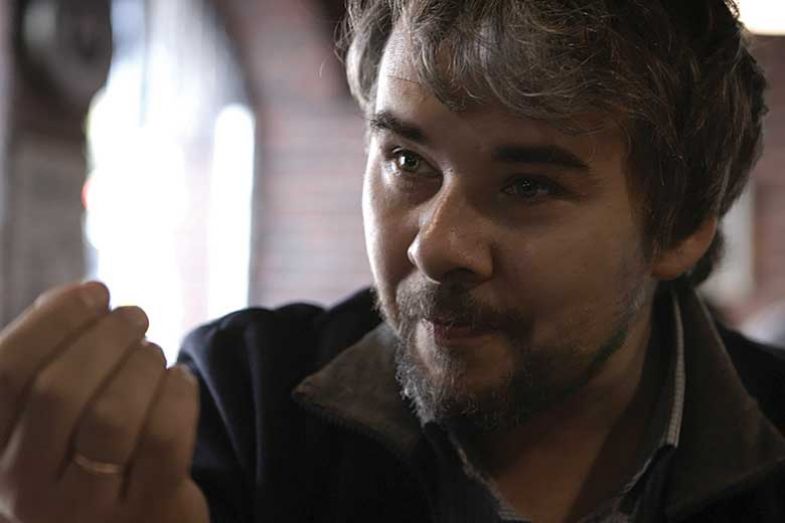
For those suffering with epilepsy – an estimated 50 million people worldwide – a major brain-mapping programme is under way to minimise the need to stimulate particular brain regions during open-skull surgery, which is done to distinguish between specific areas causing critical function breaks and brain regions that can be safely removed to make the patient seizure-free. Professor Ossadtchi (pictured, above) says: “The standard procedure is to wake the patient up during surgery and electrically stimulate their brain while they perform a picture-naming task. This is a pretty brutal method and such stimulation in a neurosurgery setting induces a seizure in 30 per cent of cases.
“We simply analyse brain activity recorded during the picture-naming task while the patient’s skull is open to determine what portion of the brain to remove and whether this or that area can be safely resected.”
The team is also developing non-invasive methods using magnetoencephalography, an imaging test that detects the magnetic fields created by the brain’s electric signals and guides the subsequent surgery or further invasive investigation procedures, if needed. “We hope this will spare many patients from risky procedures and a lot of discomfort,” he says.
Other patients benefiting from HSE’s research include paraplegics and those recovering from a stroke. “Using non-invasive interfaces, we record patients’ electroencephalogram and fit their limbs with an exoskeleton device,” says Professor Ossadtchi. “Such devices have been used for games for years but they could also help those suffering from paralysis of the legs and lower body. We can bypass the system that is broken so, when they think about a limb movement, a particular process is triggered.”
The centre and Exoatlet, a Russian company that makes exoskeletons for the lower limbs, have developed an electroencephalogram motor-imagery interface, which has been successfully tested on paraplegic patients.
They are also setting up an exoskeleton gym with MSUMD, where patients can rent this device and practise with it every day. “It is great to see that we are making a practical difference to people’s lives,” says Professor Ossadtchi.
Find out more about HSE University

